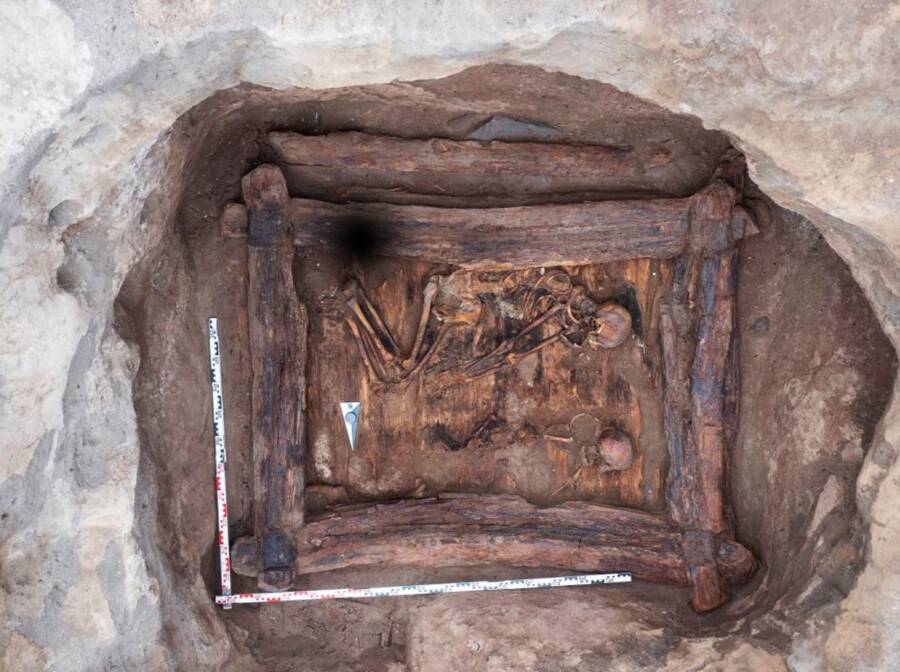Massive stone spheres from the pre-Columbian era unearthed in Costa Rica, mysteries of the Venus of Willendorf statue unlocked, burials uncovered in Siberia's "Valley of the Kings."
Fabled Stone Spheres Of Pre-Columbian Legend Just Uncovered By Archaeologists In Costa Rica

INAHCreated by hammering away at large boulders that were then polished with sand, these petrospheres are made from either limestone, sandstone, or a basalt-like substance called gabbro.
Archaeologists in Costa Rica just unearthed six enormous stone spheres carved by the country’s pre-Columbian inhabitants more than five centuries ago — and the experts are absolutely baffled. Researchers believe that the Diquís people who made these spheres used them as decorative objects designed to symbolize power and adorn key places like public plazas and the entryways to chieftains’ homes.
However, even though archaeologists have uncovered some 300 of these stones to date, no one knows what their exact purpose was. Learn more about this stunning find and the ongoing mystery behind the stone spheres of Costa Rica here.
The Origins Of The 30,000-Year-Old “Venus Of Willendorf” Statue Have Been Traced To Italy

Bjørn Christian Tørrissen/Wikimedia CommonsVenus of Willendorf seen from four different angles.
In 1908, an archaeologist digging along the banks of the Danube River near Willendorf, Austria made a striking find: a 30,000-year-old limestone statue of a voluptuous woman, since dubbed the “Venus of Willendorf.” Now, scans of the statue have revealed that it likely originated in northern Italy, nearly 600 miles away.
The origins of this 4.4-inch Ice Age statue have long baffled experts. For one thing, the Venus of Willendorf is made of oolite limestone, a material that isn’t native to Willendorf — or even found within a 124-mile radius.
Dig deeper in this report.
Archeologists Discover 2,500-Year-Old Burial Mound In Siberia’s “Valley Of The Kings”

Igor PieńkosA woman and young child were among the five bodies found in Siberia.
Amid the sprawling green vista of the Touran-Uyuk valley in Siberia, a team of Polish and Russian archeologists has made a stunning discovery. There, within the so-called “Valley of the Kings,” they’ve uncovered a sixth-century B.C.E burial mound containing five people, including a woman buried with unusual honor.
The burial mound, called a kurgan, was likely constructed 2,500 years ago by the Scythians, a nomadic people who migrated west from Asia during the eighth and seventh centuries B.C.E. It’s one of many mounds in the area, dubbed the “Siberian Valley of the Kings” because of the riches some of them contain.
Read on here.





